- ホーム
- SEED CYCLE
SEED CYCLE
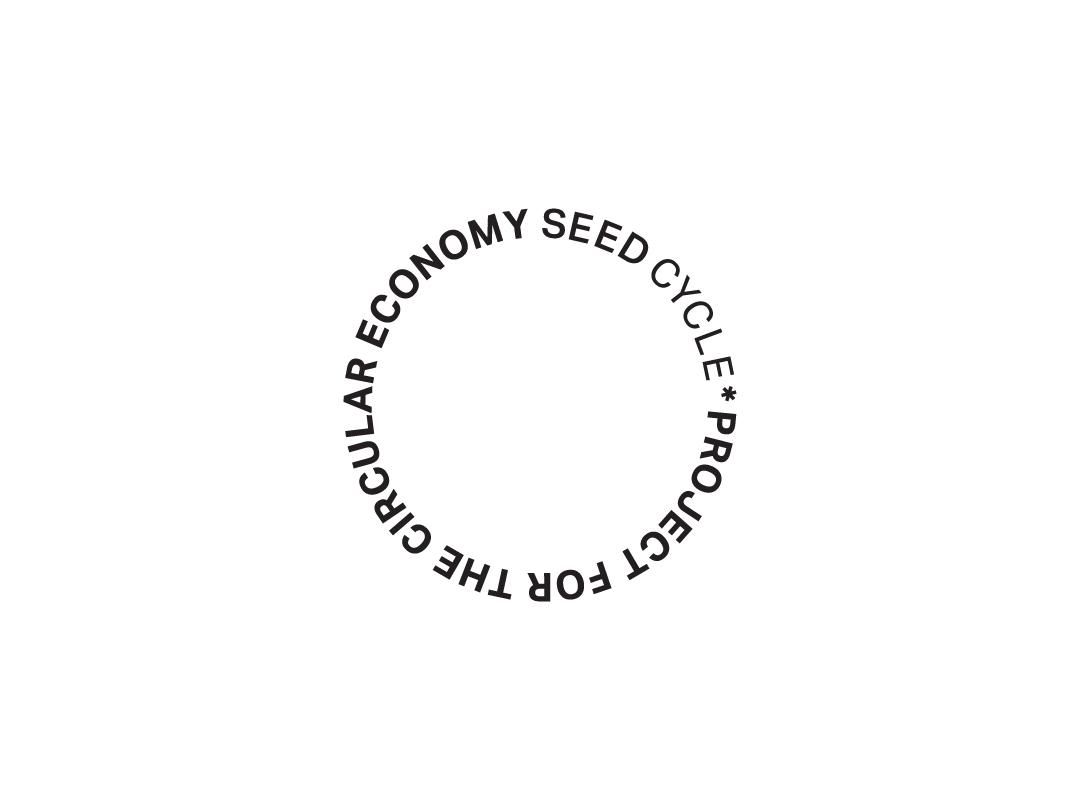
一粒の種を蒔いたら
太陽や水、土や微生物たちに育まれ、
虫や鳥たちもやってきて受粉を手伝い実がなる。
やがて朽ちた実は土の栄養となり、新たな命の糧となる。
実り一つの中にはそうした自然の営みや生命の育みが宿る。
SEED CYCLEでは、そうした自然のサイクルに倣い、
コットンの種を軸に循環環境をデザインします。
A single seed is nurtured by sun, water, and soil.
Insects and birds bring it to bloom.
When its time is done, it returns to the earth?nourishing new life.
At SEED CYCLE, we follow this rhythm of nature,
designing circular systems rooted in the cotton seed.
PHILOSOPHY

サーキュラーエコノミーを体現する「SEED CYCLE」
サーキュラーエコノミー(循環型経済)とは、製品、素材、資源の価値をできるだけ長く保存・維持し、廃棄物の発生を最小限に抑えることで、資源利用による環境への影響を低減する経済システム。循環型経済の3原則は以下のように定義されている。
-廃棄物や汚染をなくす
-製品・素材を循環させる
-自然を再生する
SEEDCYCLEでは、無農薬でコットンを育て、廃棄物や汚染など負の外部性が発生しない製品の設計を行い、その価値をできる限り高く保ったまま循環、使い終わった製品を自社で回収し、堆肥化して土に還すことで自然を再生します。
What is a Circular Economy?
A circular economy is a system designed to preserve the value of products, materials, and resources for as long as possible, while minimizing waste and reducing environmental impact.
It is based on three core principles:
? Eliminate waste and pollution
? Keep products and materials in use at their highest value
? Regenerate natural systems
At SEEDCYCLE, we put these principles into action.
ACHIEVE
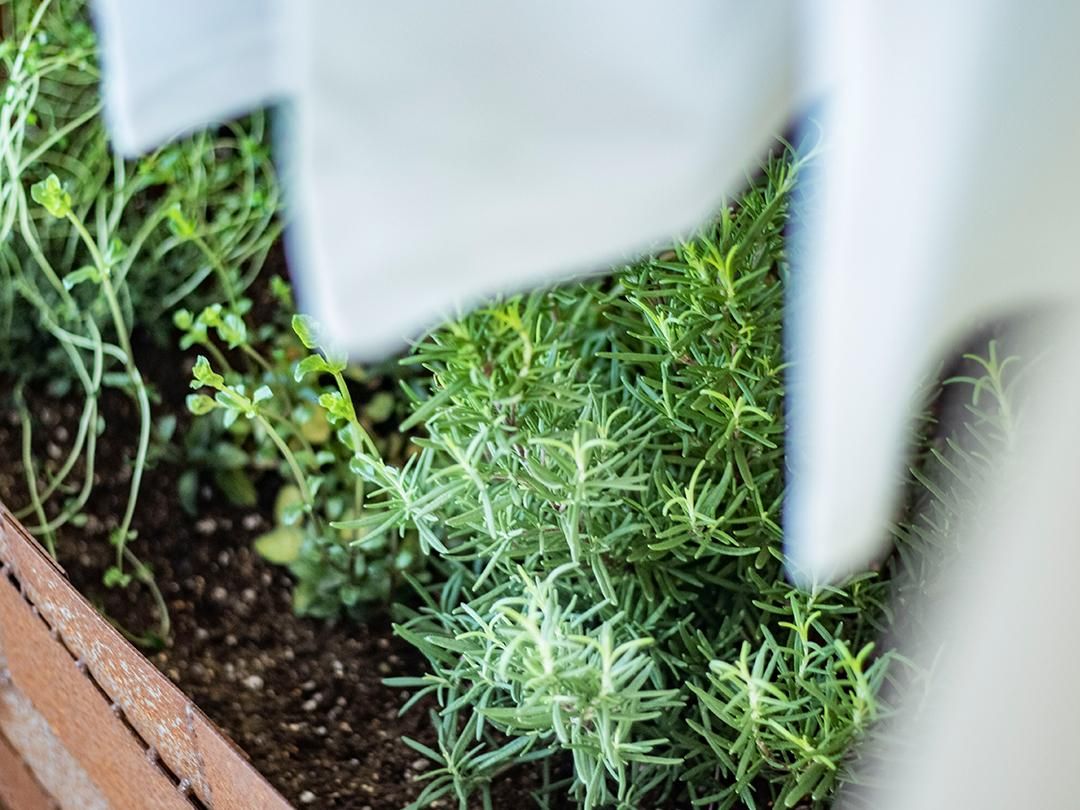
1.環境負荷を、環境価値に変える選択
アパレル産業からでる廃棄衣料は年々増加をたどり、今や年間20億着もの衣類がゴミとなっています。不要になった服を土に還る資源として活かすことができれば、廃棄物の削減はもちろん、焼却によるCO2排出の抑制や、緑化による環境再生にもつながる。「捨てる」から「活かす」へ。SEEDCYCLEは、自然と人との関係を学び直し、地球上に存在するすべてのものと共創するというパーマカルチャーの思想をベースに、地球と日々の暮らしに心を取り戻す生き方を選択します。
A future where clothing becomes a friend to the planet.
The fashion industry discards over 2 billion garments each year.But what if worn-out clothes could return to the earth as nourishment?By turning waste into a resource, we reduce landfill, cut CO? emissions,and help regenerate the environment.SEEDCYCLE embraces the philosophy of permaculture,redesigning our relationship with nature and choosing a way of living that brings us back in harmony with the planet.
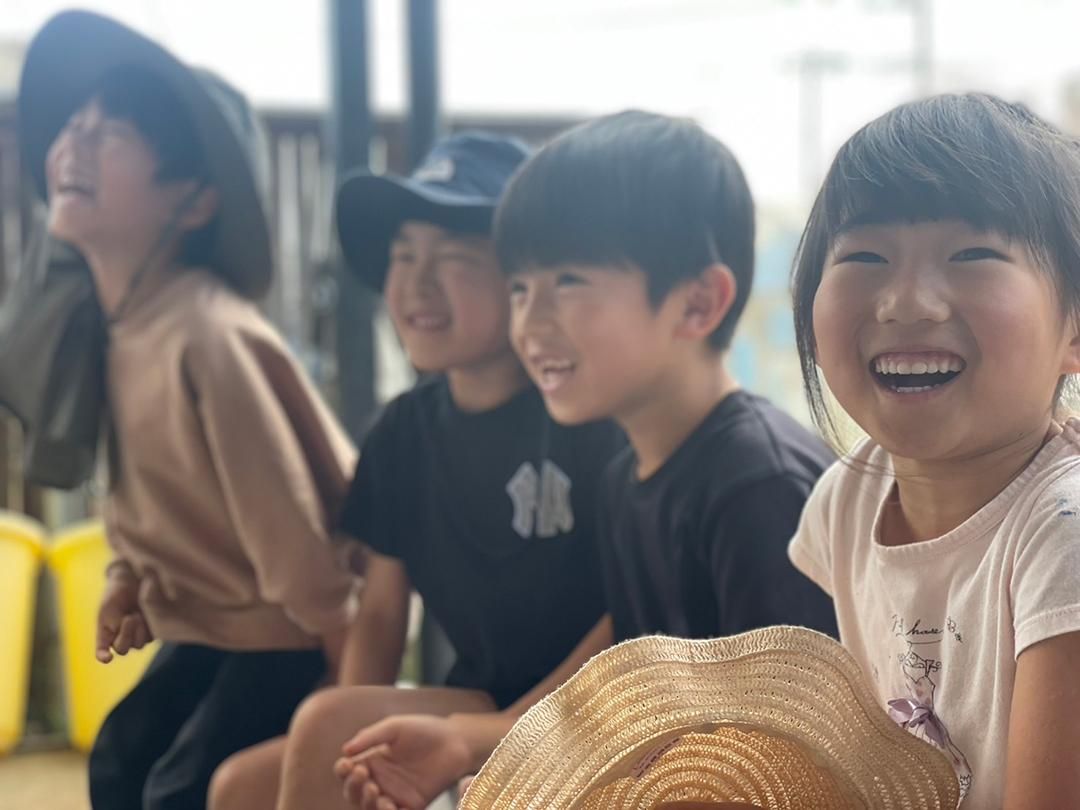
2.背景に触れ 子供達に本物の学びを
子ども達が出会う一つ一つの事実が、やがて知識や知恵を生み出す種であるとすれば、多様な感情や豊かな感性は、その種を育む肥沃な土壌となる。「Tシャツが農作物から生まれている」と聞いて驚く人は少なくありません。日本におけるコットンの自給率は0%。身近に綿畑がないという現実が、想像しにくくしているのかもしれません。簡単になんでも手に入るこの時代だからこそ、背景を知ることはとても大切。
SEEDCYCLEでは、親子で土に触れ、コットンの栽培から製品になるまでを実際に「見て・触れて・体験する」学びの場を提供。農業をより身近に感じ、命のつながりとものづくりの原点に触れる機会を届けていきます。
-Touching the background, authentic learning for children
If each fact that children encounter is a seed that will eventually produce knowledge and wisdom, diverse emotions and rich sensibilities are the fertile soil that nurtures these seeds.
People are surprised when I tell them that T-shirts are actually made from agricultural products. Japan's cotton self-sufficiency rate is 0%. The fact that there are no cotton fields around may be one of the reasons why people don't realise this. In this age of easy access to everything, it is very important to know the background.
SEEDCYCLE aims to make agriculture more accessible and to increase opportunities for parents, children and others to come into contact with the soil, while at the same time providing a place for learning through seeing, touching and experiencing everything from cotton cultivation to the production of products.
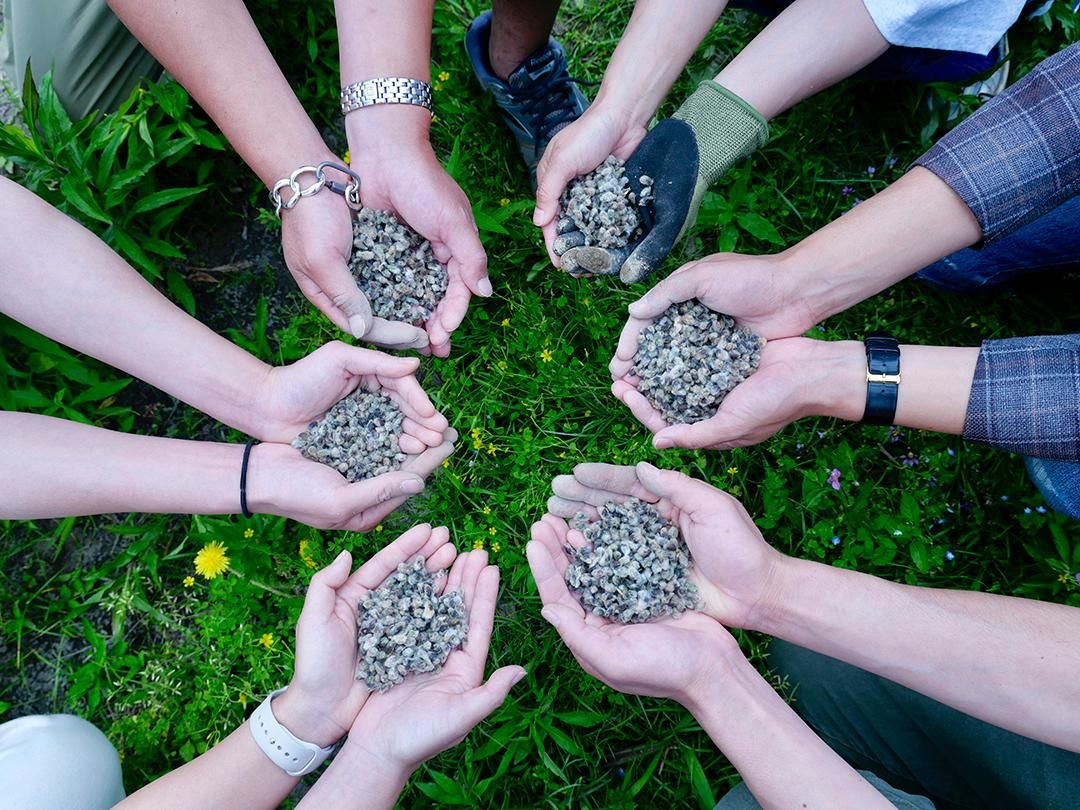
3.だれもが人間らしく生産的な仕事ができる
プロジェクトの種まき・収穫・裁断は就労継続支援B型事業所へ業務委託をし、農福連携を行なっています。 また製品収益の10%を作業所を含む農業従事者へ還元し、持続可能な農業を目指します。
生産者への適正な利益確保をし、今後は地元農業の雇用をふやし、障害者や高齢者、妊婦など全ての人が平等で生産的な仕事ができるよう働きやすい環境作りを進めます。
綿は栽培管理が楽で、軽量作物の為、育てやすく、塩害などの土壌改良にも役立つので、休耕地や耕作放棄地などを活用し、綿産地再生と地域活性化を目指します。
-everyone can work productively like a human being
Sowing, harvesting and reaping are outsourced to a support for continuous employment support B workshop through a partnership between agriculture and welfare. Aiming at sustainable agriculture, part of the sales profit is returned to the producers, including the workshops.
The aim is to secure reasonable profits for producers, increase employment in local agriculture and create a comfortable working environment where all people, including the disabled, elderly and pregnant and nursing mothers, can work equally productively.
Cotton is an easy crop to grow because it is lightweight and easy to manage. It also helps to improve soil conditions such as salt damage.
PROCESS
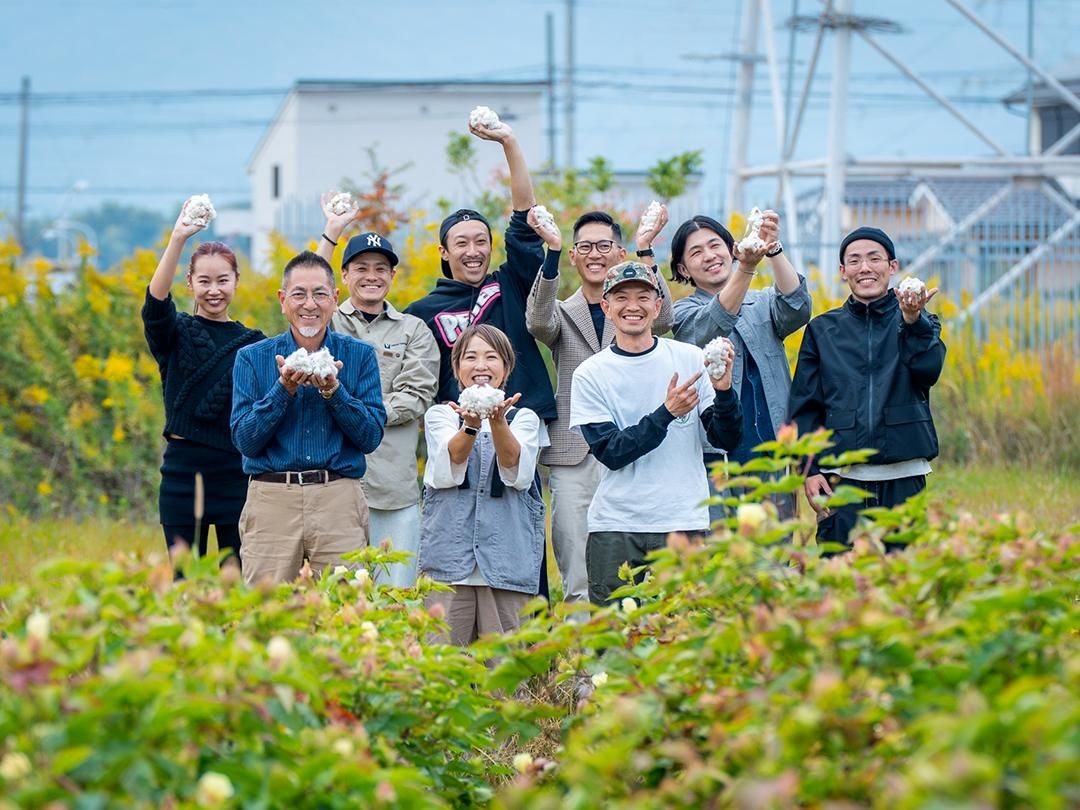
1. 育てる_AGRICULTURE:農業
日本には四季があり風土と共に育ってきた文化が息づく、その最たるものが農。
種と大地と水。そのいたってシンプルな物質から無限の作物が生まれる。手塩にかけ知恵と工夫をし命を育てる過程は喜びの本質を感じさせてくれます。「農」とゆう日本のカルチャーを今に活かす、
SEEDCYCLEプロジェクトではカコットン株式会社協力の元、原料である国産綿を育てるところから取り組んでいます。約40,000m2の広大なメインの綿畑はかつて国産綿の産業が盛んであった兵庫県加古川市で行っています。子供達の学びの場として神奈川県横浜市でもコットン栽培を行い「生きた教室」として定期的にワークショップを行っています。
The SEEDCYCLE project starts with growing the raw material, domestic cotton. The main cotton fields, covering an area of approximately 40,000m2, are located in Kakogawa City, Hyogo Prefecture. Cotton is also grown in Yokohama, Kanagawa Prefecture, as a place for children to learn, and workshops are held regularly as a ‘living classroom’.
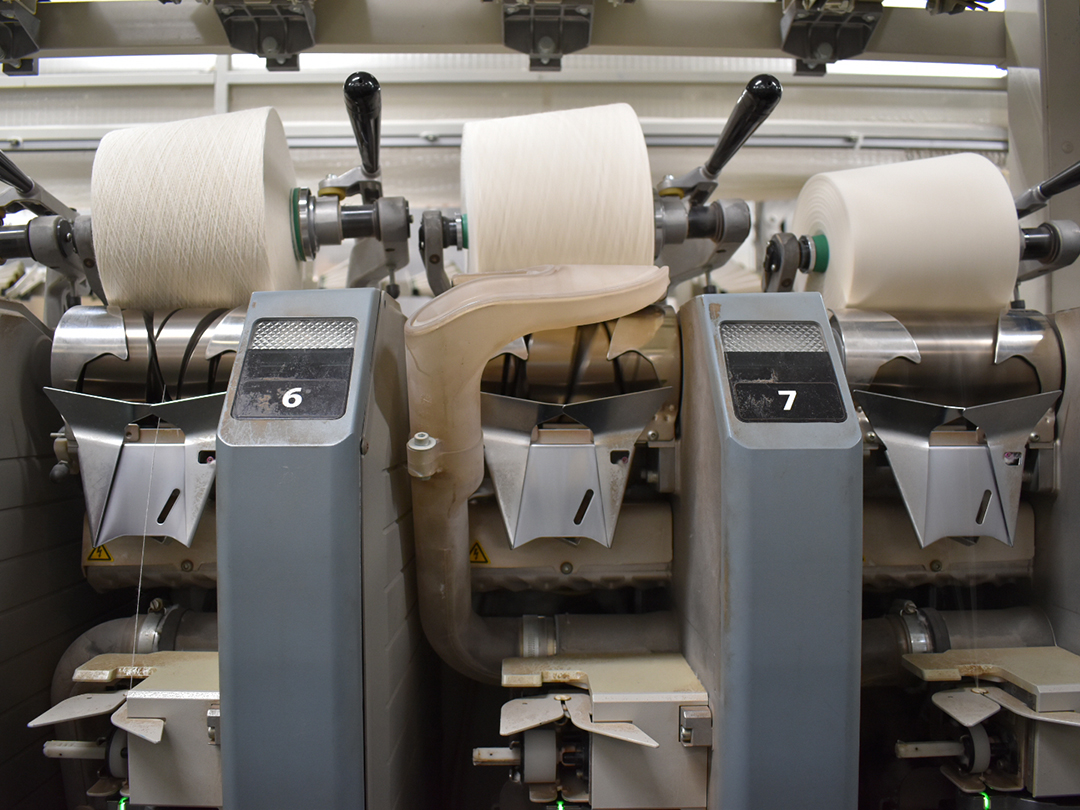
2. つくる_MANUFACTURE:製造
綿を摘み糸を紡ぎ、編、織、染...型をとり、縫って、仕上げる。
原料から紡績、縫製、仕上げに至るまで全てオールメイドインジャパン。
「倫理的な押し付けではなく、他の製品と比べても魅力的であること」
この理念をもって、企画製造を行います。SEEDCYCLE製品は、設計の段階から循環することを念頭に、廃棄物を出さない、または分解しやすいように考えられた製品作りを目指します。
SEEDCYCLE products are all made in Japan, from raw materials to spinning, sewing and finishing.
‘Not ethically imposed, but attractive in comparison to other products.’
With this philosophy in mind, we plan and manufacture SEEDCYCLE products with the idea of recycling in mind right from the design stage, aiming to create products that do not produce waste or are thought of in such a way that they are easy to disassemble.
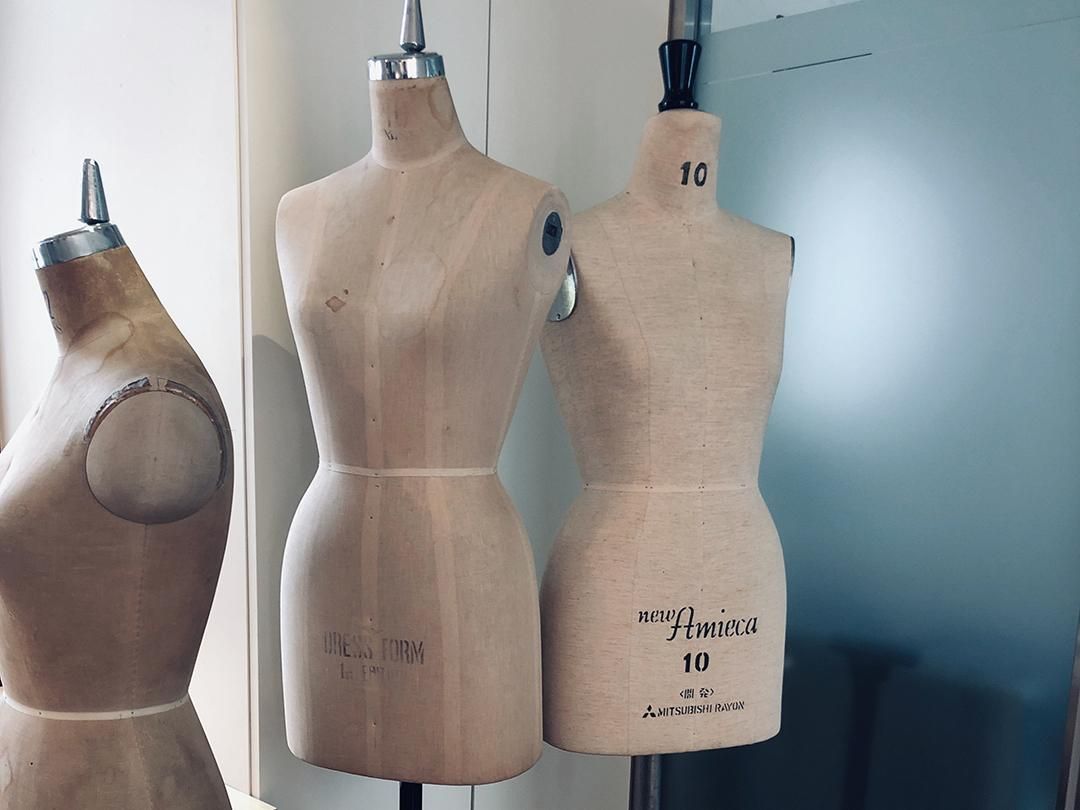
3. つなぐ_REPAIRS:補修・修繕
メンテナンスや修理を通じて長く使えることが製品の価値となる。
SEEDCYCLEでは、染め直しや補修など、可能な限りのリペアを施すことで、製品を長く使い続けられるようサポートしています。こうすることで、作り手はより製品の精度を高めることができ、使い手はより長く使うことができる、さらに一から製品を作るよりも多くの資源を確保することができます。
SEEDCYCLE helps customers to use the products after sale by repairing them as much as possible, such as re-dyeing, repairing and replacing components. In this way, the manufacturer can improve the precision of the product, the user can continue to use the product for a long time, and more resources can be secured than if the product were made from scratch.
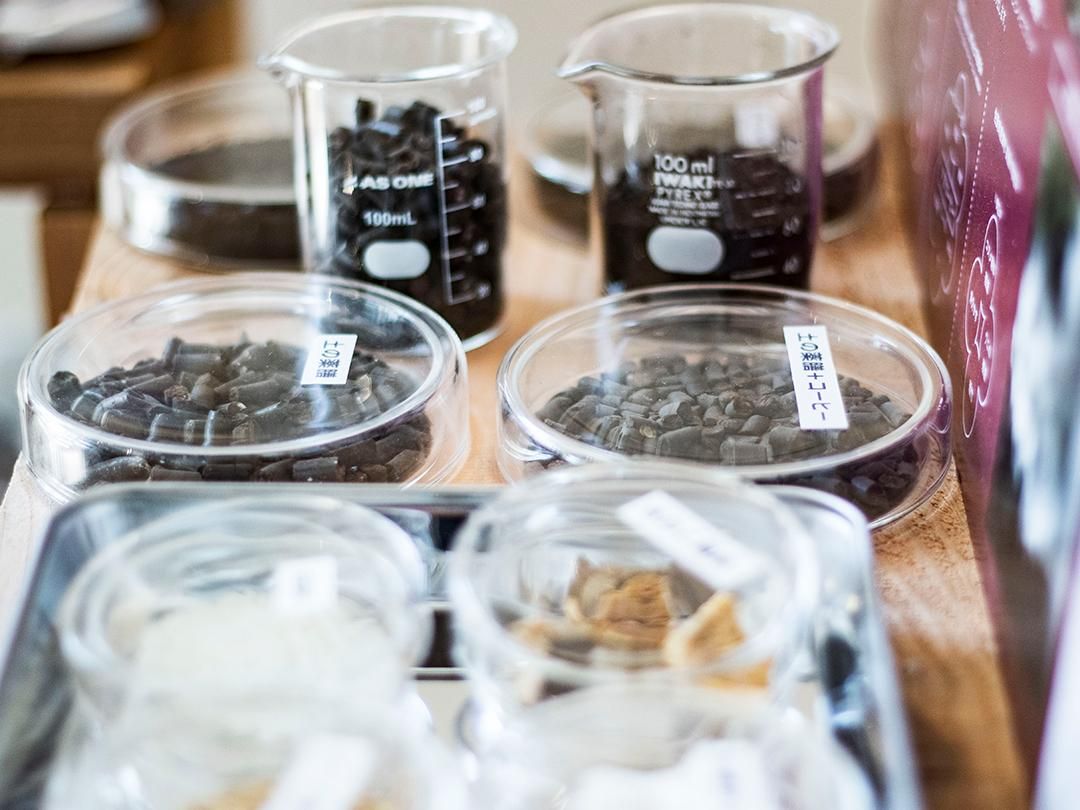
4. かえす_COMPOST:回収・分解
SEEDCYCLEの製品は、そのまま廃棄されるのではなく、製品としての寿命が尽きると、原料を育む養分として堆肥化され、次の命へと受け継がれていく。こうして永久に回り続け循環型衣料としての役目を果たします。分解は、金澤バイオ研究所の技術である超高熱細菌発酵法によって行われる。超高熱微生物HTの働きで分解を促進するだけでなく、土そのものの力を引き出し、再生能力を高める。ここで重要なのは、もはや自然を守るだけでは安住できないとゆうこと。自然を再生する、テクノロジーの力で資源を使うより多く還元していくことが必要となります。
SEEDCYCLE products are not disposed of as they are, but at the end of their life as products, they are composted as nutrients to nurture the raw materials, which are then passed on to the next life.Decomposition is carried out by the Kanazawa-bio's technology, the ultra-high heat bacterial fermentation method.
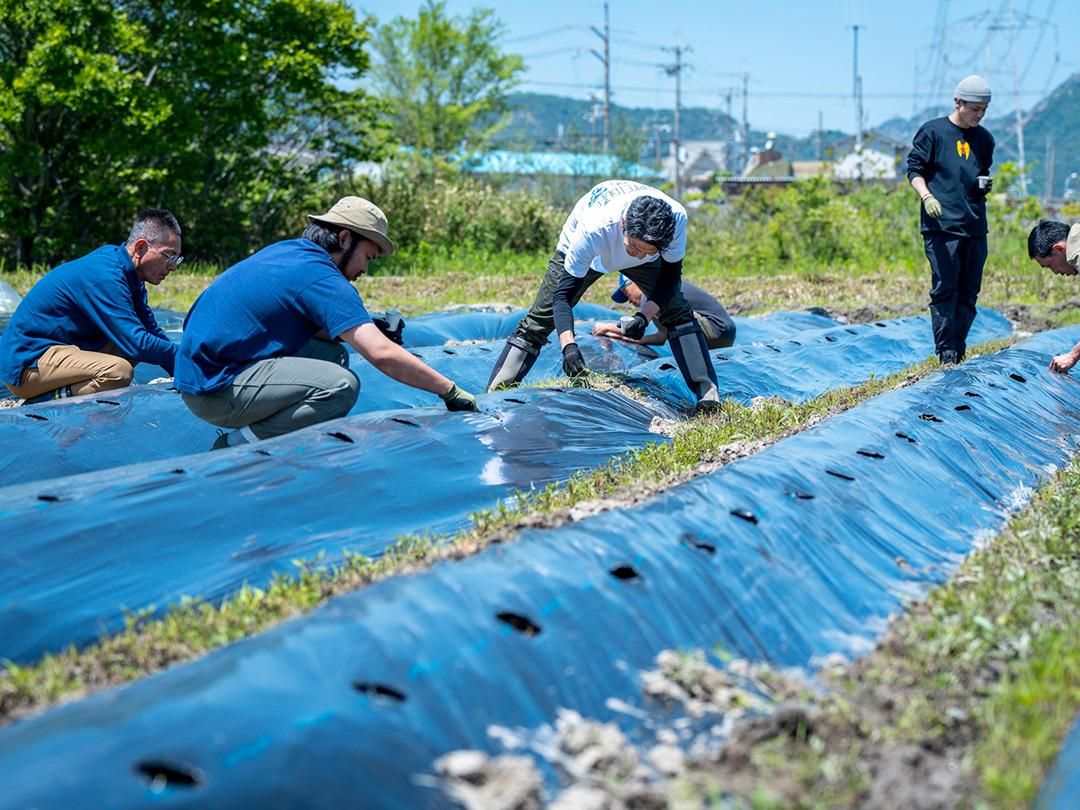
5. むすぶ_SUPPORT:支援
私たちの身近にあるコットン製品、しかしながらそれらに使われる綿のほぼ100%が海外からの供給に依存しています。世界的に綿は作物の中でも安価で取引され、この背景には民族迫害・健康被害・強制労働など不当な環境で栽培される場合も少なくない。そこで国産綿の普及を後押しする為、プロジェクトに参加する綿農家さんへは育てた作物を市場価格の約5倍の取引条件で100%買取保証をするほか、製品収益の一部を還元。製品に付けられた「FLAG」タグは、SEEDCYCLEの証明であると同時に、農家さんへの寄付にもなります。
Japan relies on foreign supplies for almost 100% of its cotton. In order to promote domestic cotton, cotton farmers participating in the project are given a guarantee to buy 100% of the crop they grow at approximately five times the market price, as well as receiving a share of the profits from their produce. The ‘FLAG’ tag on the product is both a proof of SEEDCYCLE and a donation to the farmer.
SEED CYCLEに共感しプロジェクトに参加する企業さまを募集します。
畑の運営やOEM,ODM等…ご希望の方はコンタクトページからご連絡ください。
We are looking for partners who share and accompany SEED CYCLE.
If you are interested in becoming a partner company, please contact us using the contact information below.


